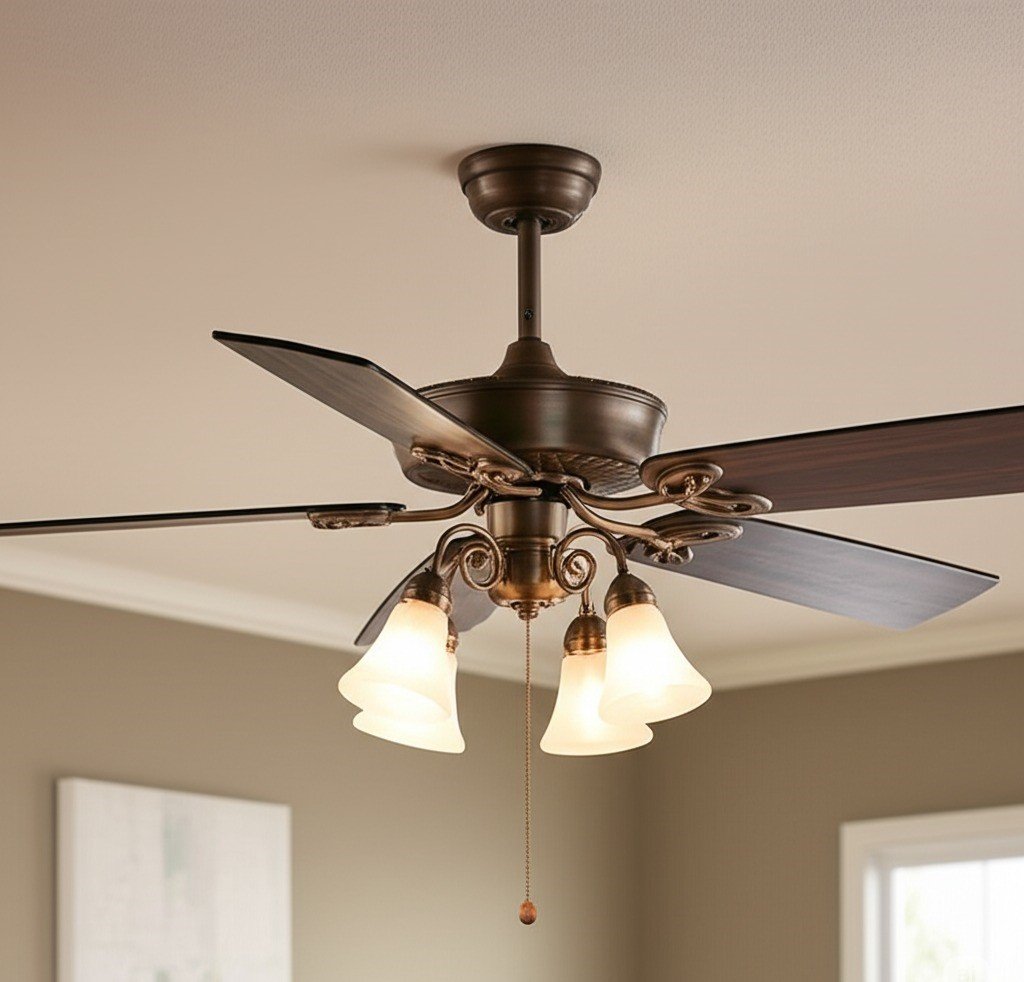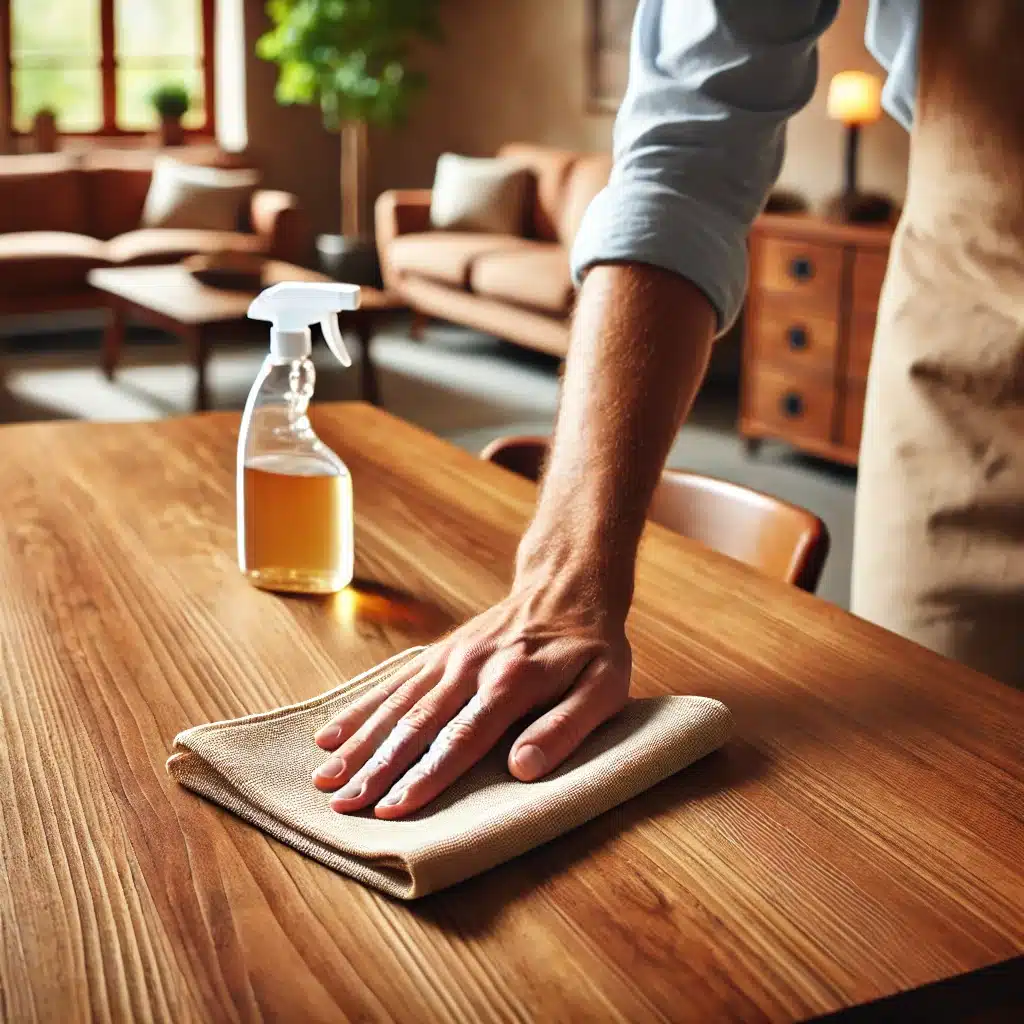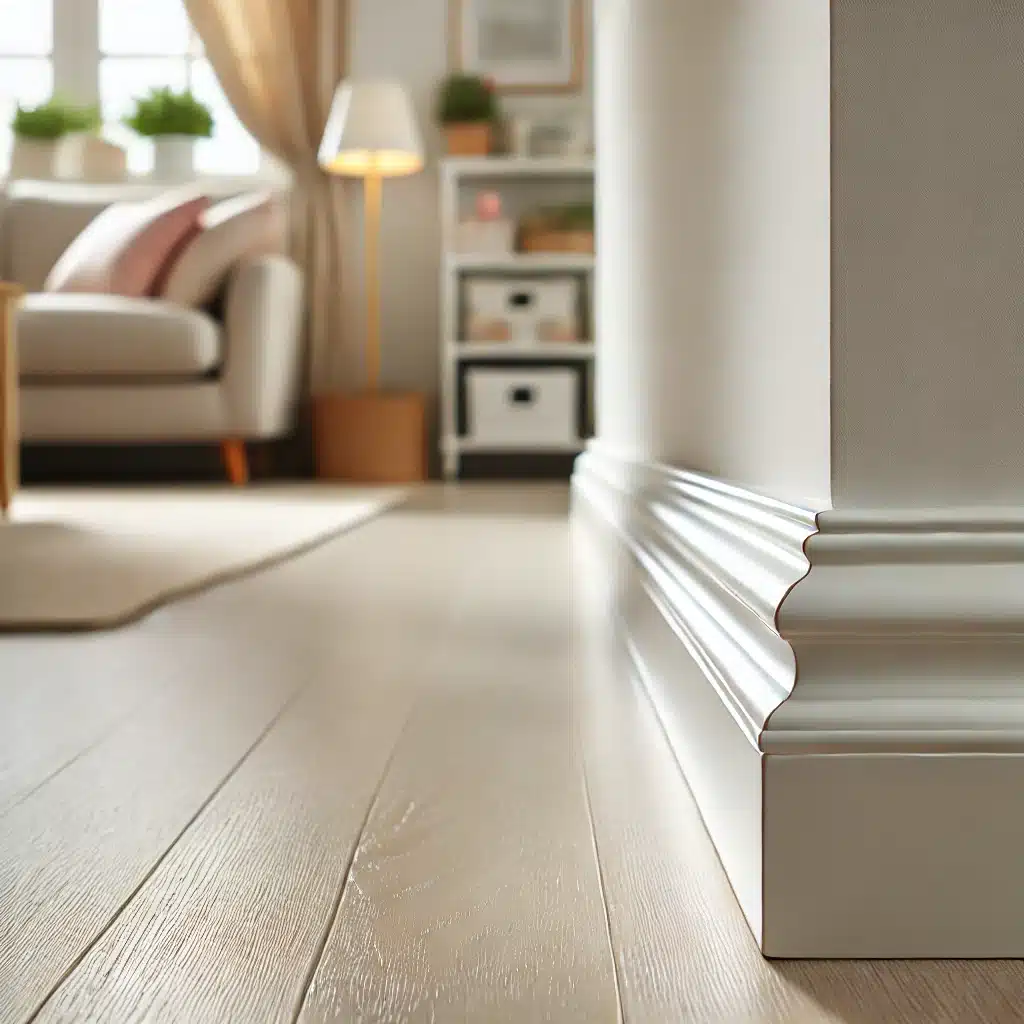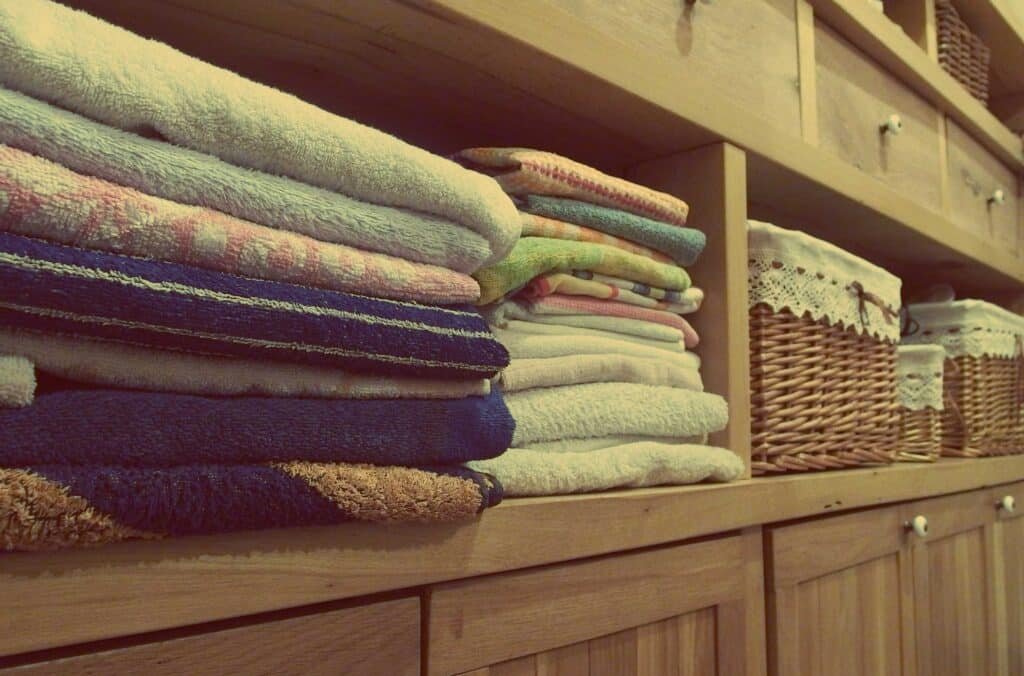4 Ceiling Fan Cleaning Tricks You Need to Try
Cleaning a ceiling fan is an essential household chore that significantly improves the air quality in your home and maintains its operational efficiency. Dust and dirt that accumulate on fan blades are not only unsightly; they can be dispersed into the air with each rotation, potentially aggravating allergies and respiratory problems. Additionally, a substantial buildup of debris can cause the blades to become unbalanced, which can cause wobbling, noise, and excessive strain on the fan motor, reducing its lifespan. This guide provides a comprehensive and straightforward approach to cleaning your ceiling fan safely and effectively. 1.Protection Before you begin the cleaning process, meticulous preparation is essential. Make sure you have all the necessary supplies readily available. A sturdy, stable ladder is essential; choose one that allows you to reach the fan comfortably without overreaching or standing on the top rungs. An A-frame ladder or platform ladder usually offers the best stability. You’ll need an old sheet, a painter’s tarp (canvas or plastic), or even large, flat cardboard boxes to cover the furniture and floor directly below the fan. This protective layer will catch any dust and debris that falls from the fan, making the cleanup process much easier. Personal protective equipment (PPE) is also crucial. Wear safety glasses, preferably the wraparound type, to protect your eyes from falling particles, and a dust mask (an N95 respirator offers superior protection) to avoid inhaling dust. For the cleaning itself, gather an old pillowcase (cotton works well due to its light texture), a vacuum cleaner equipped with a soft brush attachment and possibly a crevice tool, several clean microfiber cloths (their electrostatic properties make them excellent at trapping dust), and a cleaning solution appropriate for cleaning your ceiling fan. For most fan blades made of metal, plastic, or finished wood, a mild all-purpose cleaner diluted with water will usually suffice. A common homemade solution is a mixture of equal parts white vinegar and water in a spray bottle. If your fan blades are made of delicate, unfinished or specialty wood, a wood-specific cleaner or simply a cloth lightly dampened with plain water is recommended to prevent damage. Always have a dry cloth on hand to wipe away excess moisture. 2.Circuit Breaker The first and most critical step before making any physical contact with your ceiling fan is to ensure that it is completely de-energized. Turn off the fan using the designated wall switch or pull chain. For an added layer of safety and to eliminate any risk of accidental activation, go to your home’s electrical panel and turn off the circuit breaker that controls the power supply to the ceiling fan. It’s a good practice to test the fan’s switch again after turning off the circuit breaker to confirm that the power has indeed been cut off. You may even consider placing a piece of tape over the switch or circuit breaker as a reminder not to turn it back on prematurely. Ladder safety cannot be overemphasized: make sure the ladder is fully extended, your feet are firmly planted on level ground, and that you can comfortably access the fan blades. Maintain three points of contact with the ladder whenever possible (two feet and one hand, or two hands and one foot). Avoid overreaching; it’s safer to climb down and reposition the ladder. Having another person present to act as a spotter can provide additional safety so that you can clean your ceiling fan without any problems. With all safety precautions in place and your supplies organized, carefully lay down your chosen tarp or old sheet over the floor and any furniture directly beneath the fan. This will be your main defense against a shower of dust that will spread throughout the room. Put on your safety glasses and dust mask before beginning any cleaning action. One of the most efficient and least messy methods for cleaning dusty fan blades involves using an old pillowcase. Carefully climb up on a ladder. Grab the open end of the pillowcase and carefully slide it over an entire fan blade, as if you were putting on a sock, making sure the blade is completely enclosed in the fabric. Once the blade is inside, gently press the top and bottom surfaces of the pillowcase against the blade. Then, in a smooth, controlled motion, slide the pillowcase off the blade. The dust, dirt, and cobwebs will be contained in the pillowcase, rather than being blown into the air or onto the surfaces below. Repeat this procedure for each blade. Once all the blades have been treated, carefully take the dust-filled pillowcase outside and shake it out well, away from open windows or doors. If there is still some lingering residue on the blades, you can proceed with cleaning your ceiling fan. 3.Dust Alternatively, you can use a vacuum cleaner fitted with a soft brush attachment. This method is particularly suitable for light dust accumulations or for more regular, quick touch-ups between deeper cleanings. Before you begin, make sure the brush attachment is clean to avoid transferring dirt. Carefully and methodically vacuum the top, bottom, and all edges of each fan blade. Move the attachment slowly to maximize dust capture, and be careful not to scratch the blade surface or unbalance it inadvertently. The crevice cleaning attachment can be useful for cleaning the areas where the blades attach to the motor housing (the blade mounts or brackets) of your ceiling fan. For more intensive cleaning, or if the blades are coated with an oily film or stubborn, caked-on dirt (often found on ceiling fans in or near kitchens), you will need to clean them directly. Dampen a clean microfiber cloth with your chosen cleaning solution. Wring the cloth out thoroughly; it should be damp, not soaking wet. Excess moisture can cause irreparable damage to the internal components of the fan motor and can also cause the wooden blades to warp, swell, or stain. Gently wipe down all surfaces of each blade—top, bottom, and the leading and trailing edges.






